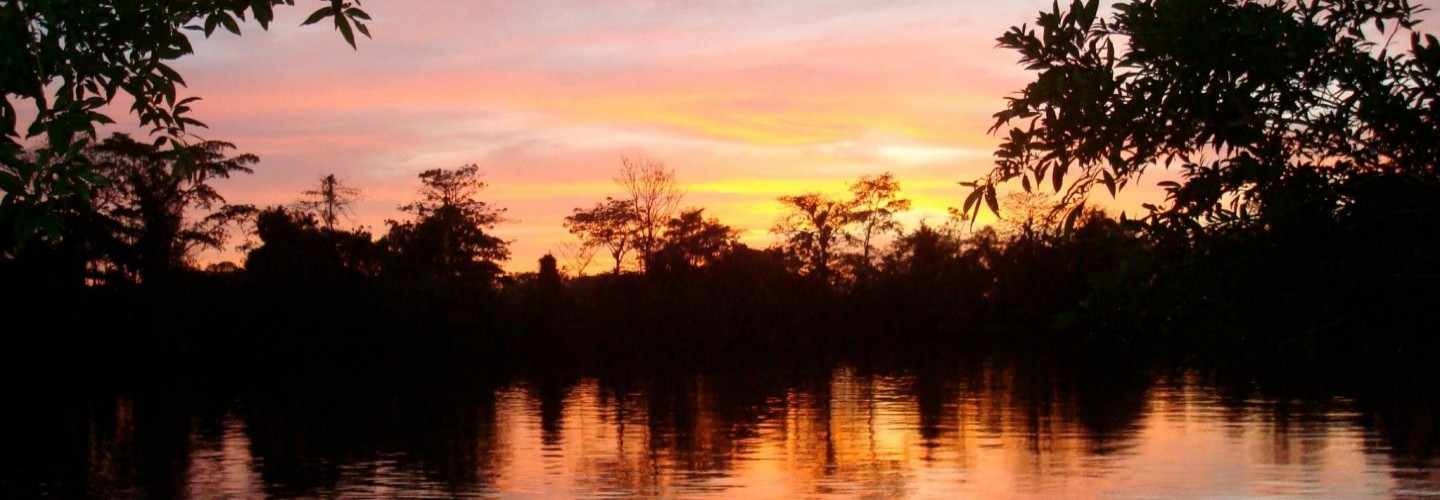“The only people for me are the mad ones, the ones who are mad to live, mad to talk, mad to be saved, desirous of everything at the same time, the ones who never yawn or say a commonplace thing, but burn, burn, burn like fabulous yellow roman candles exploding like spiders across the stars.” -Jack Kerouac, On the Road
You know, books like On the Road have inspired me. Before I had even the vaguest idea of what I want out of life I read books like this and Into the Wild and decided that this was the life I wanted, a life where I could see the world and meet people from diverse backgrounds with diverse stories. Thankfully for my family and friends, I’ve toned down my dreams a bit. I no longer want to pick up and leave everything behind but one thing has remained the same, I do still want to travel. Unfortunately, I haven’t really gotten the opportunities to travel as much as I want to so when the opportunity came to go to Nicaragua I took it.
Everyone I met along the way certainly fit this quote. First there was the group I traveled with, everyone was so enthusiastic. Whether it be to go on a five hour hike or do research, everyone was constantly ready for adventure. This enthusiasm includes Claudia and my constant prep for the Peace Corps (and by prep I mean putting up mosquito nets, drinking juice made from local water, and eating a whole fish). There was truly a general consensus among our group that traveling for a purpose, like we were, was so much better than traveling for fun.
Then there were the people in Nicaragua. I have never met a more passionate or friendly group of people. Where shall I start with them? First there was the farmer who was passionate not only about organic techniques but also his music. Then there was the school official who truly believed in the power of education and the potential in Nicaragua. We also met the children who would go to great lengths to get to school in order to get an education that might not extend beyond sixth grade and the MARENA worker who brought the Makengue landowners an orphaned baby deer. However, the story that has stuck with me the most is the story of a woman who worked in the kitchen of the house we stayed in. She was a single mother who was trying to work her way through school so that she may become a doctor and better the lives of her and her son. Everyone we met had a story to share but the most inspiring fact about every single person we met was the fact that although no one had much materially, they were so happy and lively. It forced me to evaluate the fact that we base our lives so much around our material goods and how absurd that is.
Finally, there were our fearless leaders, Becki and Rito the landowners, Professor Kiho Kim, Professor Lyn Stallings and our Graduate Assistant Angela. Without the dreams of Becki and Rito there would be no Makengue, without their generosity there would be no Makengue Project or attempts to build Makengue into an educational hotspot. Without Professor Kim and Professor Stallings’ guidance we would be a group of eleven college freshmen with no idea of how to translate any dreams into reality (as opposed to eleven college freshmen with vague ideas of how to translate dreams into plans). And without Angela, we would never have even had a dream to put into plans (and we would still be sleeping in the Miami airport).
I guess what I’m trying to say is that it really isn’t the location or the materials that make life worthwhile, rather it is the people, the ones who are “mad to live” that make any adventure worthwhile (although the other aspects are pretty great too!).


















